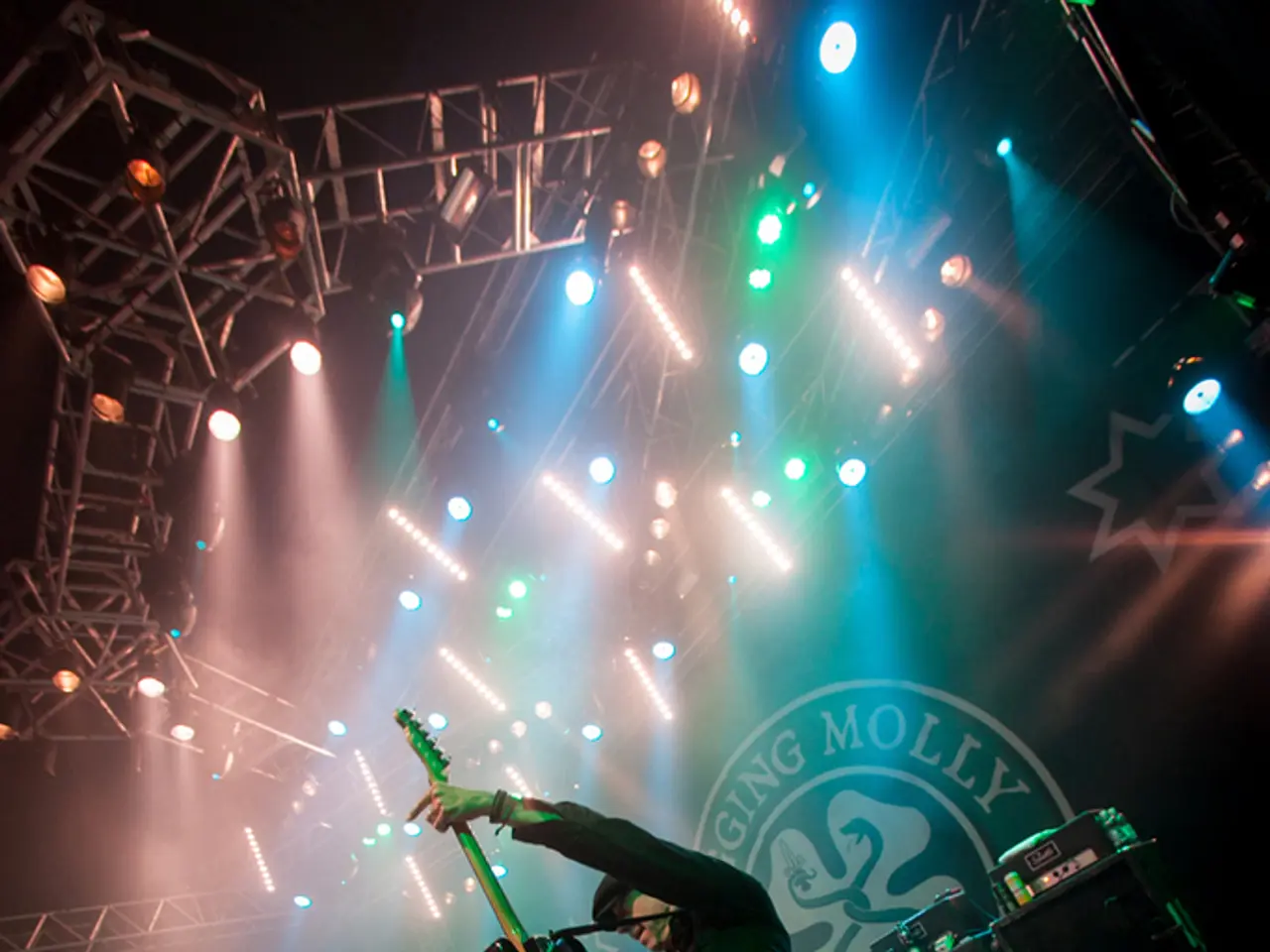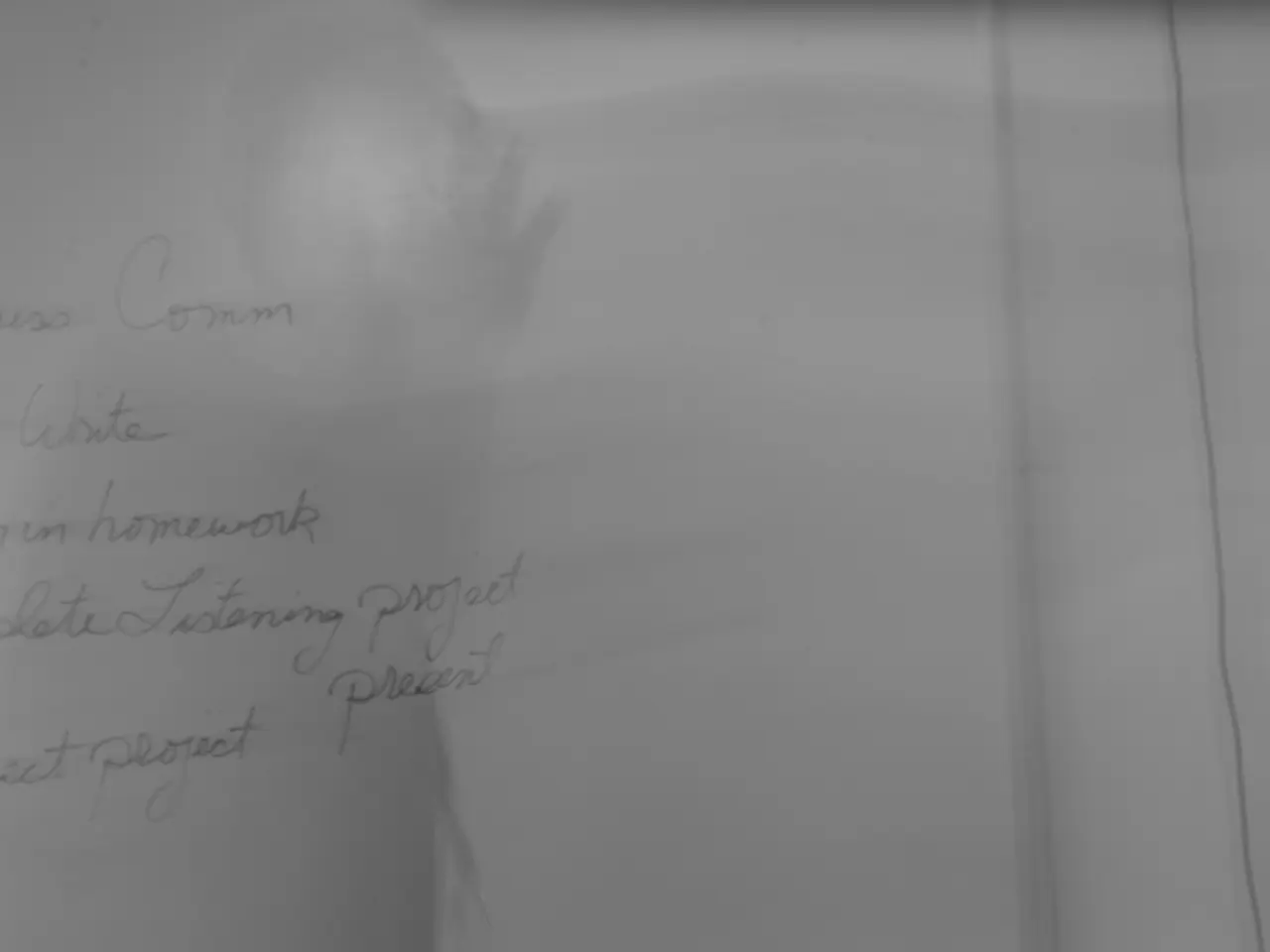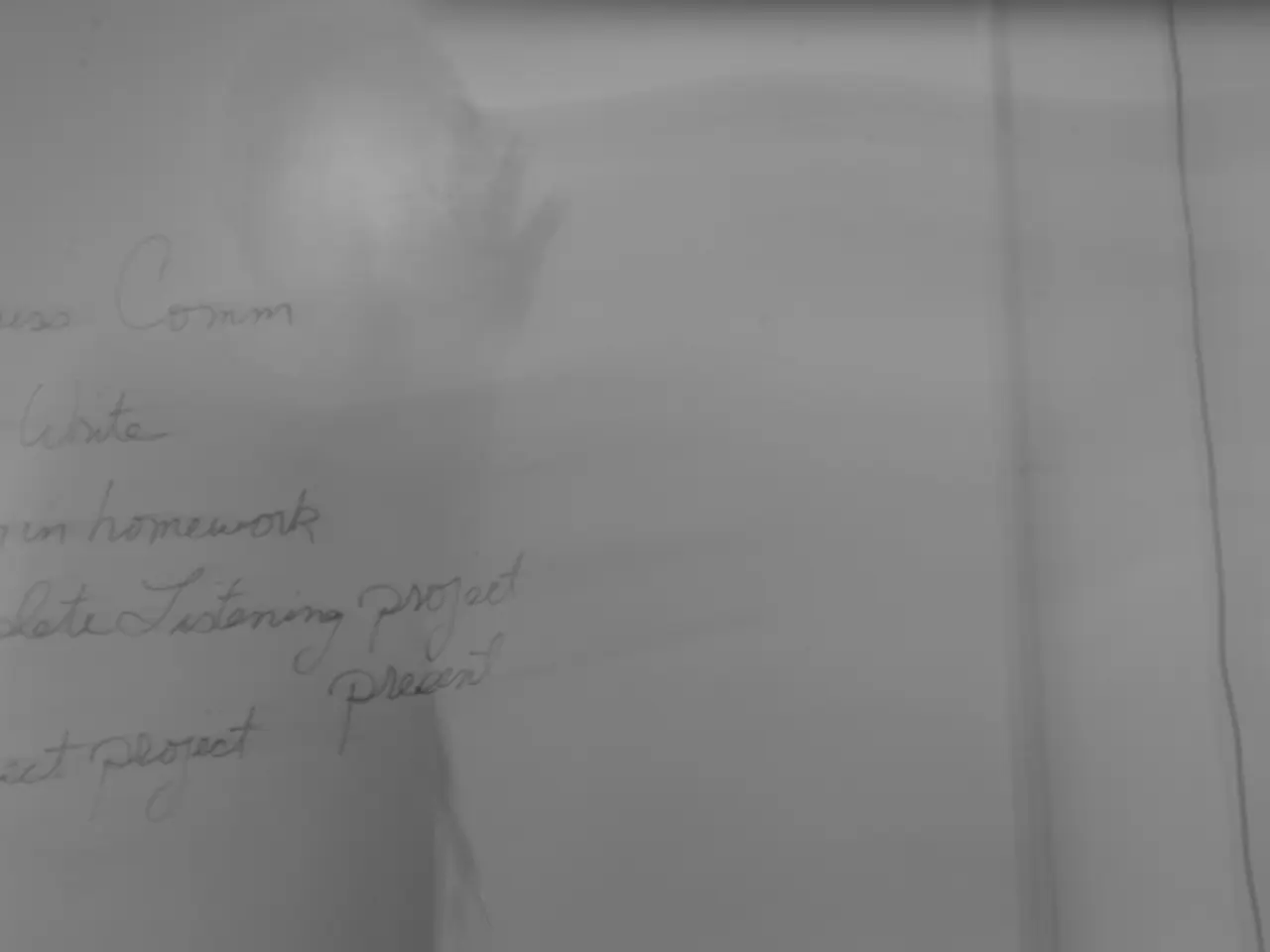Uncovering the Mechanisms of Book Suppression
In the realm of literature, the debate over book banning has a long and storied history in the United States. This issue, which centres around the First Amendment's protection of free speech and the right to receive information, has been the subject of numerous court cases over the years.
A significant number of book banning cases occur in school libraries rather than public ones. Juvenile literature, such as the Harry Potter series by J.K. Rowling, is the most commonly targeted genre. These books receive the most scrutiny and have been the most challenged set since 2000, according to the American Library Association.
The Comstock Acts of 1873 barred obscene literature from interstate commerce, but today, the constitution does not protect such literature. The U.S. Supreme Court ruled in the 1982 case of Board of Education, Island Trees School District v. Pico that school officials could not remove library material because they disagreed with the ideas behind it. However, the Court allowed exceptions for the removal of books deemed “pervasively vulgar” or “educationally unsuitable.”
Legal challenges to book bans often arise when laws or policies are vague or overly broad in restricting content. For instance, Iowa’s 2023 law banning books depicting sexual activity was struck down by a federal judge for being too broad and for trying to impose statewide restrictions that traditionally belong to local officials.
Several factors contribute to most book challenges ending without the books being banned. Ambiguity in laws and policies, judicial protection of free speech, local review processes, resistance from authors, publishers, and advocacy groups, and parental and civil liberties pushback are all significant factors.
In recent years, book bans have targeted books involving LGBTQ+ themes, race, and history, leading to heightened legal scrutiny and organized opposition. The broad scope of some bans, including lists of hundreds of titles removed from schools, illustrates ongoing tension and legal pushback against sweeping censorship efforts.
Despite these challenges, book banning remains a contentious issue. Libraries request that parents and guardians of minors monitor their selections, but this approach does not always satisfy those pushing for broader bans. The Miller test, established in Miller v. California, helps prevent prior restraint and reduces the chilling effect of censorship by requiring that material appeals to prurient interests, involves patently offensive sexual conducts, and has no literary, artistic, political or scientific value.
In summary, the U.S. legal framework protects free speech and the right to access diverse ideas, making broad or ideologically motivated book bans vulnerable to legal challenges. Most challenges do not end with books being banned because of constitutional protections, formal review processes, and activism that curtails arbitrary censorship.
- The debate over book banning, rooted in the First Amendment's protection of free speech, extends to the realm of entertainment, as well as policy-and-legislation and politics.
- The history of book banning in the United States has also involved scrutiny of various forms of entertainment, such as computer games and electronic media, which fall under the umbrella of general-news.
- In addition to books, legal challenges have arisen concerning the banning of historical records and documents that provide insights into electronics, science, and politics.
- As the debate continues, advocacy groups and individual citizens have called for the protection of diverse literature, including books about history, science, and entertainment, in the digital age.








